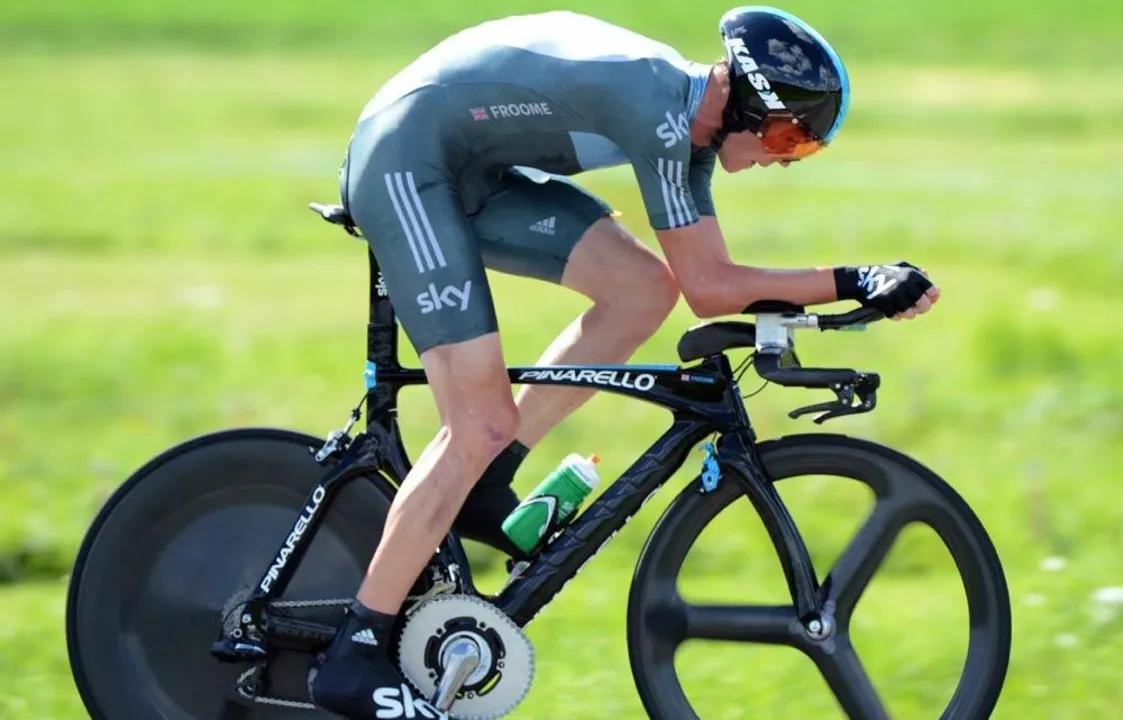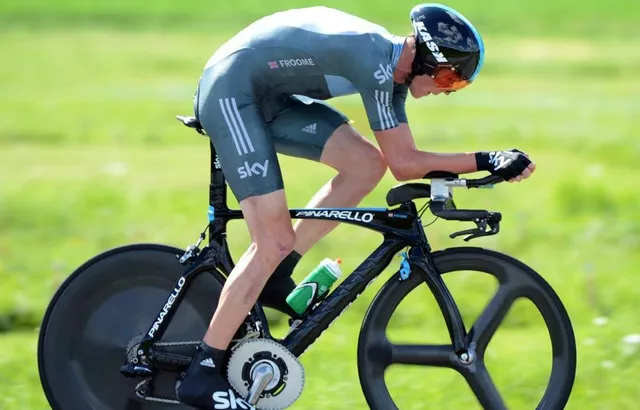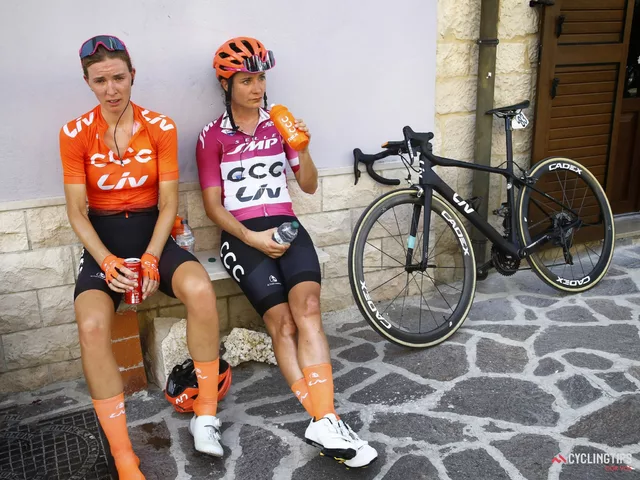
Get the Basics Right: Understanding the Fundamentals of Competitive Road Cycling
Competitive road cycling involves more than just hopping on your bike and taking a leisurely ride. To become a successful competitive cyclist, you must understand the fundamentals of the sport. Knowing the basics of competitive road cycling, such as the types of races and the strategies involved, are essential to success.
Types of Races
Competitive road cycling includes a variety of different race formats. Time trials are a common type of race, in which riders race against the clock on a closed course. Mass start races are another type of race, in which riders all start at the same time and race against each other. Criteriums involve completing multiple laps of a closed circuit in a set amount of time. Finally, road races involve a race over a longer distance, such as a multi-stage race.
Strategies
Success in competitive road cycling requires more than just physical ability; it requires strategic thinking. Riders must consider their position in the peloton, or main group of riders, and decide when to break away or when to stay with the pack. They must also consider their equipment and fuel choices, as well as their pacing throughout the race. Understanding the strategies involved in competitive cycling is essential for success in the sport.
Training and Recovery
In addition to understanding the fundamentals of competitive road cycling, riders must prepare their bodies for the rigors of the sport. Training must be tailored to the race in question, and riders must be mindful of their recovery in order to stay healthy and perform at their best. Training and recovery are essential components of successful competitive cycling.
Equipment
Finally, competitive road cycling requires riders to have the right equipment. Bikes must be lightweight and aerodynamic, and riders must have the right clothing and accessories to ensure their safety and comfort. Understanding the right equipment for competitive cycling is essential for success in the sport.
Competitive road cycling requires a great deal of knowledge and skill. Knowing the basics of the sport, such as the types of races and the strategies involved, is essential for success. Training and recovery are important components of competitive cycling, as is having the right equipment. Understanding the fundamentals of competitive road cycling is key to becoming a successful competitive cyclist.
Mastering the Art of Tactics: An Expert Guide to Winning in Competitive Road Cycling Races
Competitive road cycling is an intense and thrilling sport. It takes more than just physical strength and endurance to be successful in a race—it also takes a great deal of mental focus, strategy, and the ability to anticipate your opponents’ moves.
In order to win a race, you must master the art of tactics. Here are some basic tactics that any competitive cyclist should know:
Be Alert and Ready to React
The key to a great tactical performance is to stay alert and be ready to react quickly to any changes on the course. It’s important to be aware of the terrain, the wind, and the other riders’ behavior. You must also be ready to take advantage of any opportunities that appear, such as a breakaway or an attack.
Choose the Right Moment to Attack
Timing is everything in competitive cycling. You should always be looking for the best moment to make a move. This could be early in the race when you are feeling fresh, or at the end of the race when you are the strongest and your opponents are tiring.
Be Aggressive and Take Risks
To win a race, you need to be willing to take risks. This means attacking when you have the advantage, or even attacking when you don’t have an advantage. You should also be aggressive when defending your lead, and be prepared to counter-attack any attacks from your opponents.
Learn to Read the Race
A great tactician is able to read the race and anticipate what their opponents are going to do. They can sense when the pace is changing, or when an attack is going to be launched. This requires a great deal of experience and an understanding of the dynamics of the race.
Be Patient
It is important to remember that you don’t always need to make a move. Sometimes the best move is to stay in the pack and wait for the right moment to make your move. Being patient and playing the long game can be the difference between winning and losing.
These are just some of the basic tactics that every competitive cyclist should know. With practice and experience, you can become an expert tactician and have the edge on your opponents. Good luck!




